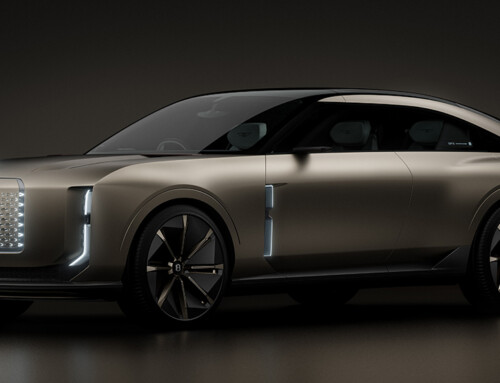The Beijing motor show is vast, with 890 cars exhibited – 55 of which concepts, 7 world debuts (including significant models such as the Audi Q5 and Mercedes GLK) and 24 new Asian entries to the world motor industry. Most importantly, there were 74 new Chinese models, confirming – as if there were still any doubt – China’s unstoppable growth as an automotive power: with 5.9 million produced in 2005, 7.2 million in 2006, 8.9 million in 2007 and provisional figures for 2008 indicating an expansion continuing at the same pace of around 23 percent.
After the US and Japan, China is now the world’s third largest market, and, at the current rate of growth, it is predicted to take second place by 2015. By 2020, there will be 230 million vehicles on the nation’s roads, although today only 2 percent of the country’s 1.3 billion strong population can afford a car. Most importantly though, through joint ventures with the major European, American and Japanese carmakers and with the growing assistance of European designers, China’s main brands are now focusing on producing cars with a more Western appeal that meet our standards for safety and emissions, in preparation for an imminent assault – which some predict will come within the next three to four years – on the European and US markets.
Turin designers have established a foothold for themselves in this scenario. For some of them, China now accounts for 60 to 70 percent of their business. “We need to make the most of the moment”, says Roberto Piatti, “because we all know that it won’t last forever. Today, we do the style, feasibility studies, mathematical models and full-scale modelling, after that, the Chinese are already capable of doing the engineering for themselves. They are very fast at acquiring know-how, and many style and development centres are already springing up all over China.”
Torino Design presented the Storm 2 four-door saloon at Beijing for Chery, the Jinbei A1GT and A1 Family for Brilliance and the Yuejin truck for Iveco. But most of the attention was on the seven little Chery cars, by the family name of Faira, all of which sharing the same base and destined for launch between now and 2010. The most striking aspect of the seven cars is their visual similarity with the five Olympic mascots: “It was a simple case of graphically transposing the most salient features onto the faces of the cars”, explains Biasio.
The article continues in Auto & Design no. 171










